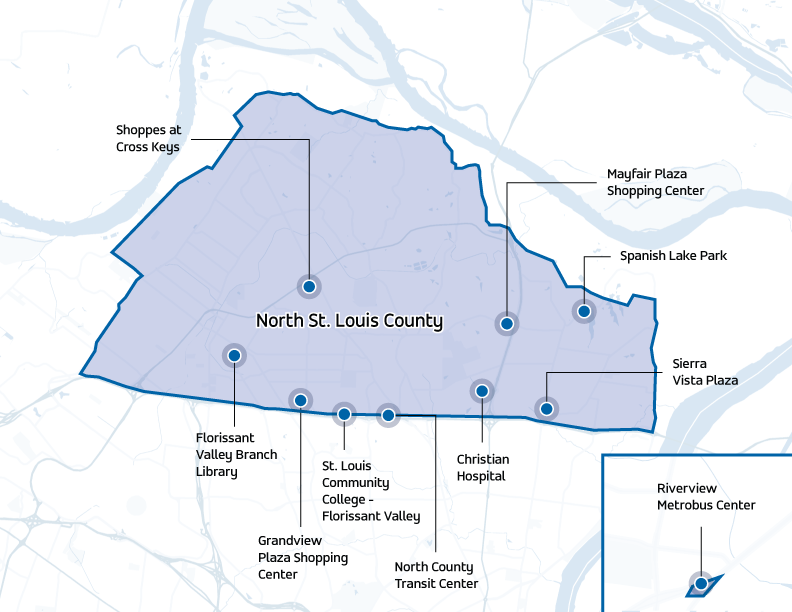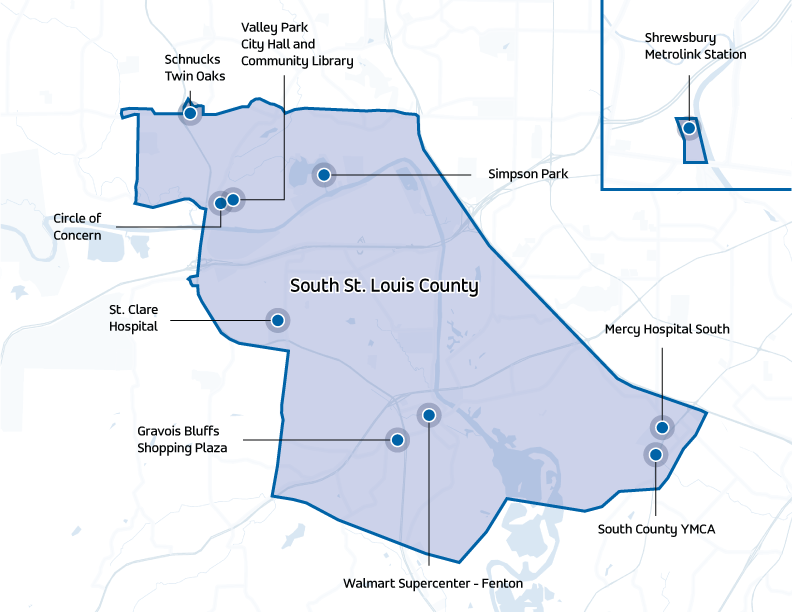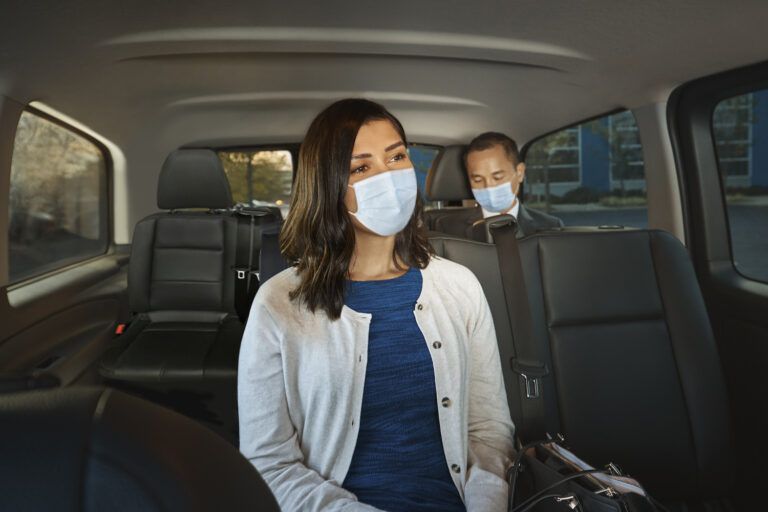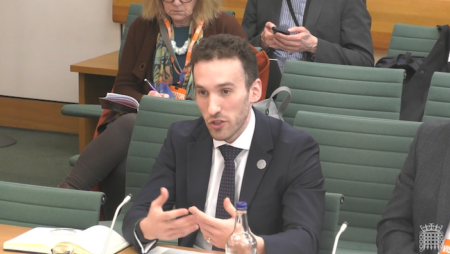St Louis Metro Transit, Missouri, has announced it is rolling out a new, on-demand public transit service, in partnership with Via. The technology behind the service will enable safer travel than traditional buses by allowing for capacity management, seat booking and contact tracing in line with Covid-19 public health guidelines.
The new service, called Via Metro STL, will expand access to affordable, efficient and convenient shared rides for residents in two areas – southwest St Louis County and North St Louis County, where public transit is traditionally less available.
Using Via’s app (or by phone) riders will be able to book a seat in a shared vehicle, and can hail the vehicle and travel to any location within the service zone, a during operating hours. As as shared ride service, Via’s advanced algorithms match multiple passengers headed in the same direction to provide quick and efficient shared trips, without lengthy detours or inconvenient schedules.
Transit riders will be able to try Via Metro STL service for free through the end of August. After August, rides on Via Metro STL are only US$2.

“The mobility needs of the St. Louis region are constantly evolving. Innovative on-demand and microtransit options like Via Metro STL allow us to grow and adapt to better meet the changing needs of our customers,” said Jessica Mefford-Miller, executive director of Metro Transit. “We are very excited to be able to introduce this new on-demand service. Via Metro STL provides our customers with a convenient and affordable transportation option that they can request when they need it, directly from their phone or mobile device.”

“Cities and public transit agencies across the country are increasingly turning to technology to enable affordable, efficient and convenient mobility options that complement and extend existing public transit infrastructure,” said Daniel Ramot, Via CEO and co-founder. “We are proud to partner with Metro Transit to introduce an on-demand public transit system in St. Louis and support the community and its residents’ transportation needs.”





